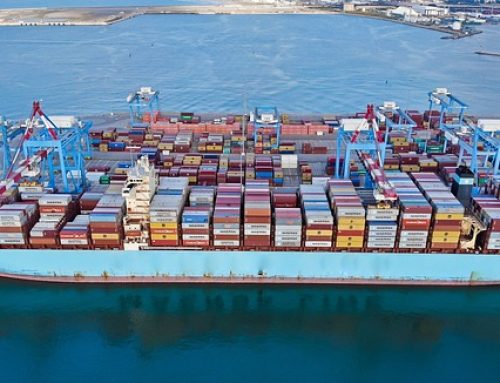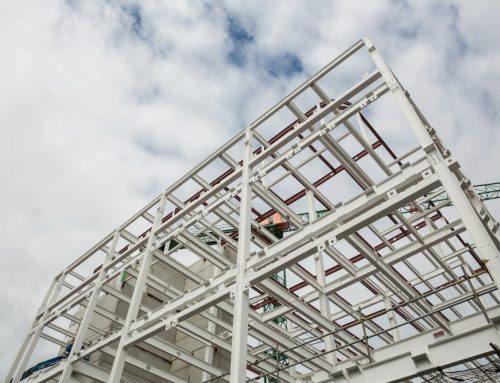January 9, 2023
New orders in manufacturing in Germany:
November 2022 (in real terms, provisional):
-5.3% on the previous month (seasonally and calendar adjusted)
-11.0% on the same month a year earlier (calendar adjusted)
October 2022 (in real terms, revised):
+0.6% on the previous month (seasonally and calendar adjusted)
-3.3% on the same month a year earlier (calendar adjusted)
WIESBADEN – Real (price adjusted) new orders in manufacturing decreased by 5.3% on a seasonally and calendar adjusted basis in November 2022 compared with October 2022, according to provisional results of the Federal Statistical Office (Destatis). Excluding large-scale orders, there was a decline of 2.9%. Compared with November 2021, new orders fell by a calendar adjusted 11.0% in November 2022. With it, new orders have reached their lowest level since July 2020.
Foreign orders went down by 8.1%, which is crucial for the current fall of new orders in manufacturing. Thereby, new orders from the euro area decreased by 10.3% and new orders from other countries sank by 6.8% compared to October 2022. At the same time, domestic orders fell by 1.1%.
The producers of capital goods recorded a sharp decrease of 8.5% (excluding large-scale orders -3.7%). Big parts of this trend can be explained by the development in the economic sectors of machine construction and other vehicle construction (e.g. railway vehicle manufacturing and spacecraft/aircraft manufacturing). Producers of intermediate goods saw a fall in new orders of 0.9%. Regarding consumer goods, orders went down by 0.7%.
After revision of the provisional results, new orders increased by 0.6% in October 2022 on September 2022 (provisional figure: +0.8%).
Turnover up 2.1% on the previous month
According to provisional figures, real turnover in manufacturing (seasonally and calendar adjusted) increased by 2.1% in November 2022 compared with October 2022. As regards October 2022, revision of the preliminary figures resulted in a decline of 0.4% compared with September 2022 (provisional figure: -0.2%). Compared with November 2021, turnover was a calendar adjusted 3.5% higher.
Methodological note:
New orders and turnover are covered and evaluated in accordance to the Classification of Economic Activities, 2008 edition (WZ 2008). New orders are only reported in selected branches of manufacturing. The rates of change are based on the price adjusted indices of new orders and on turnover in manufacturing. The average outcome in the year 2015 is the basis of the index and fixed on 100 index points (2015 = 100). The data is calendar and seasonally adjusted by means of the X13 JDemetra+ method.
Source: DESTATIS
Legal Notice: The information in this article is intended for information purposes only. It is not intended for professional information purposes specific to a person or an institution. Every institution has different requirements because of its own circumstances even though they bear a resemblance to each other. Consequently, it is your interest to consult on an expert before taking a decision based on information stated in this article and putting into practice. Neither Karen Audit nor related person or institutions are not responsible for any damages or losses that might occur in consequence of the use of the information in this article by private or formal, real or legal person and institutions.






